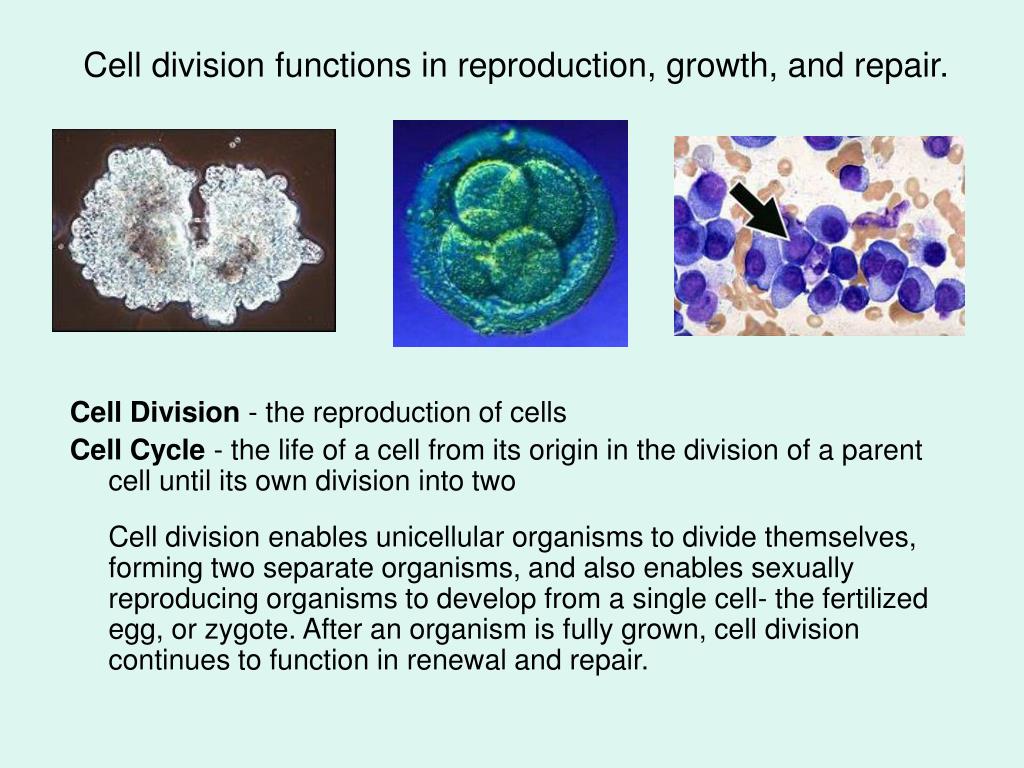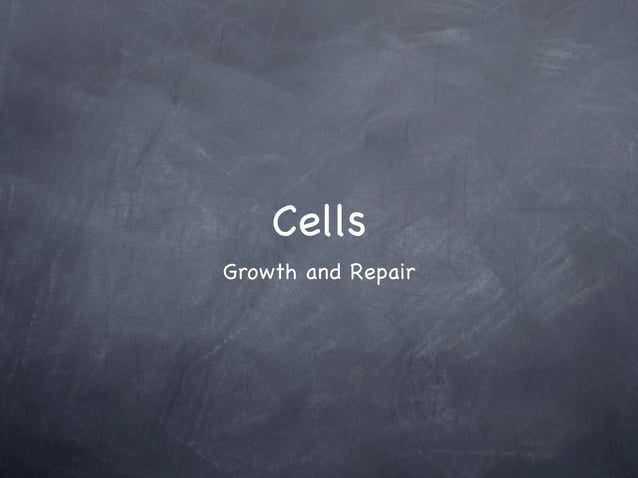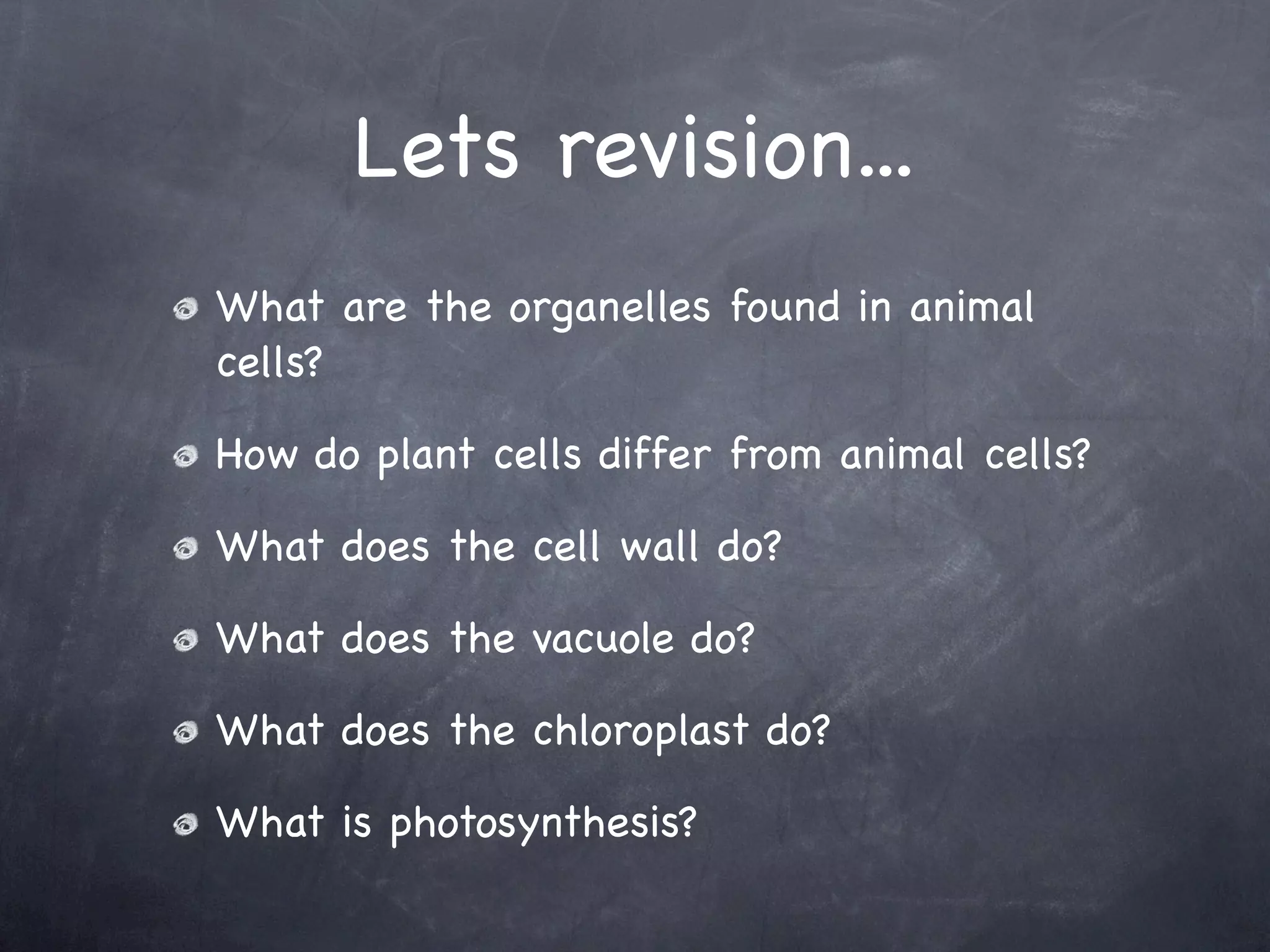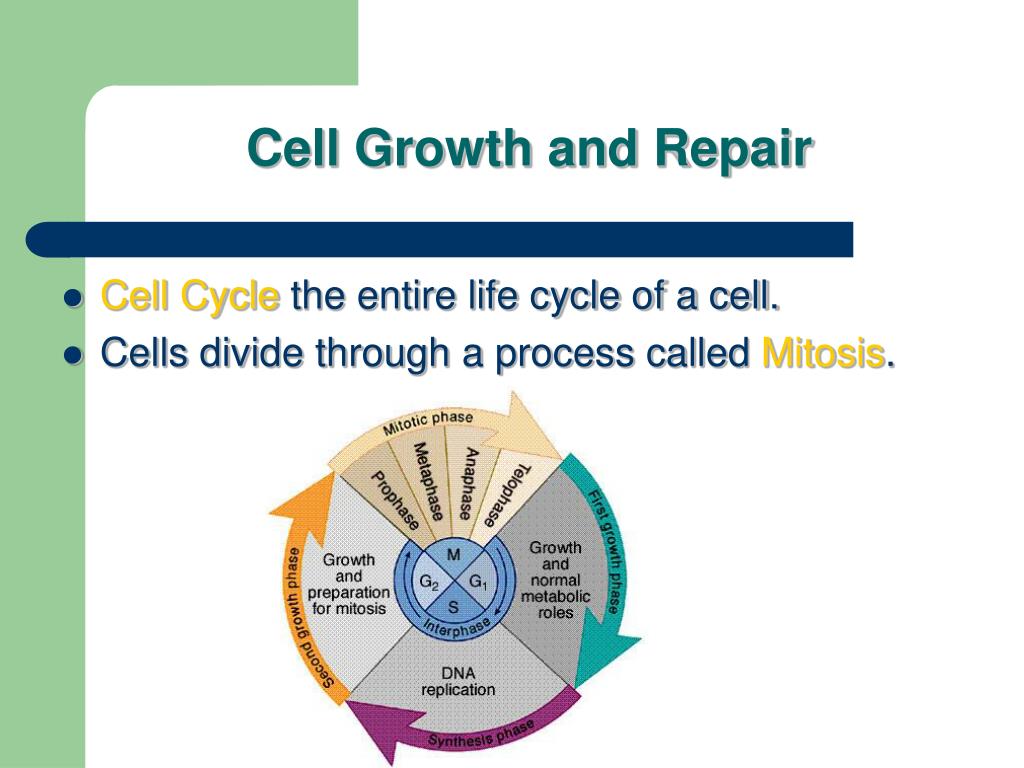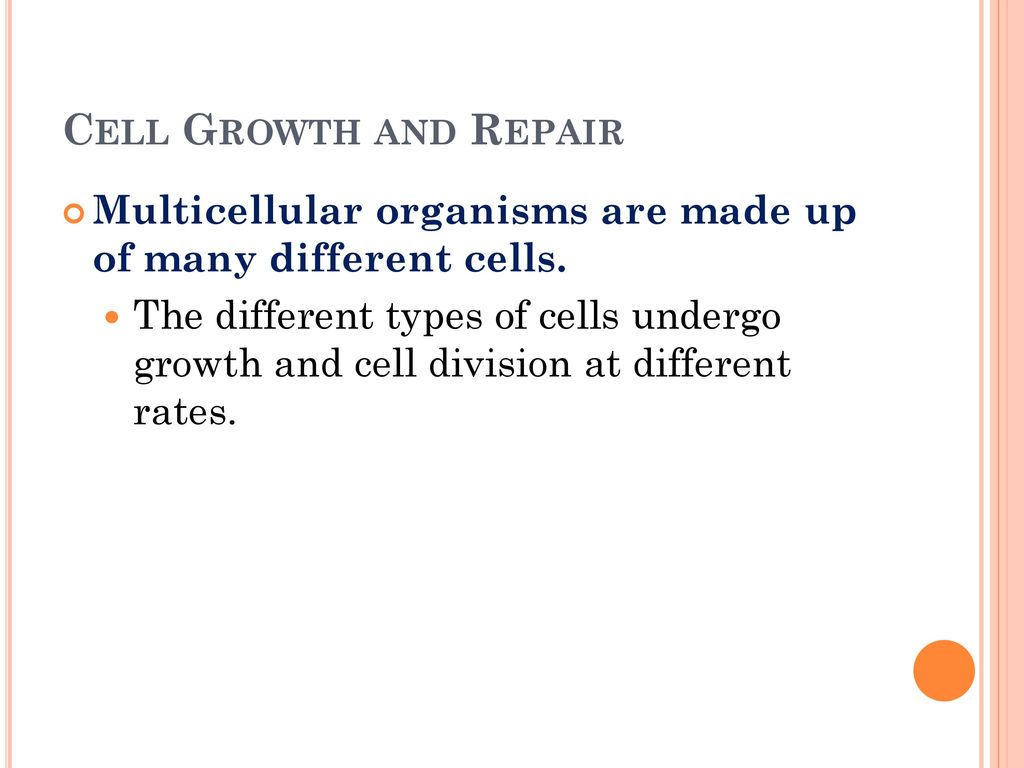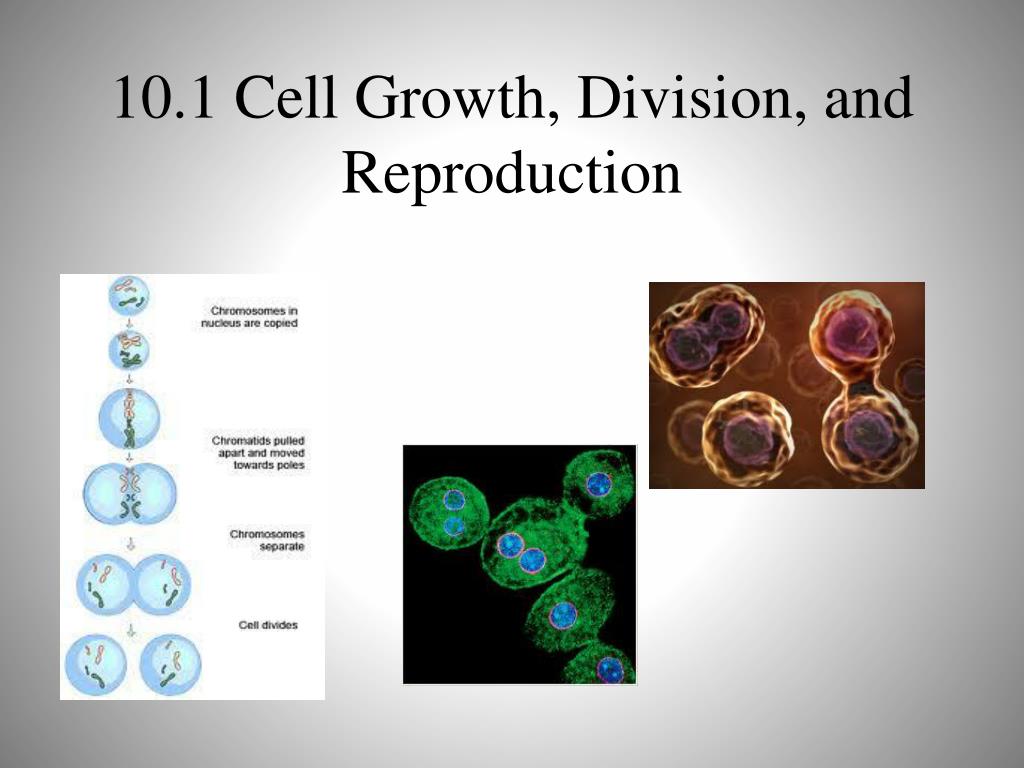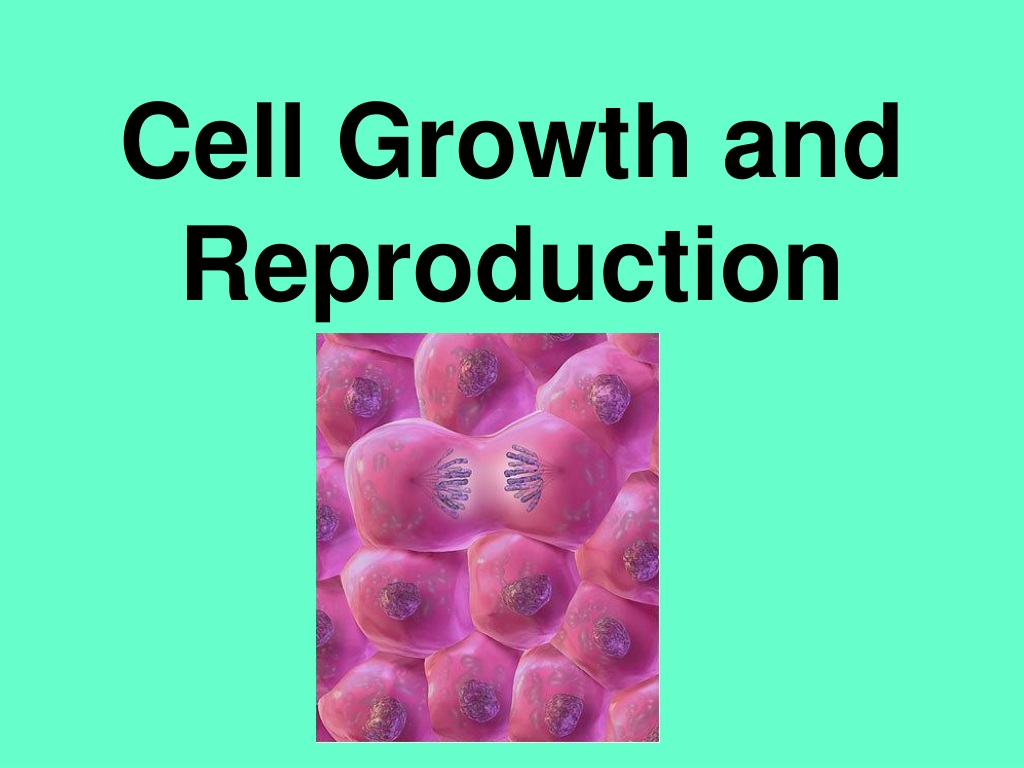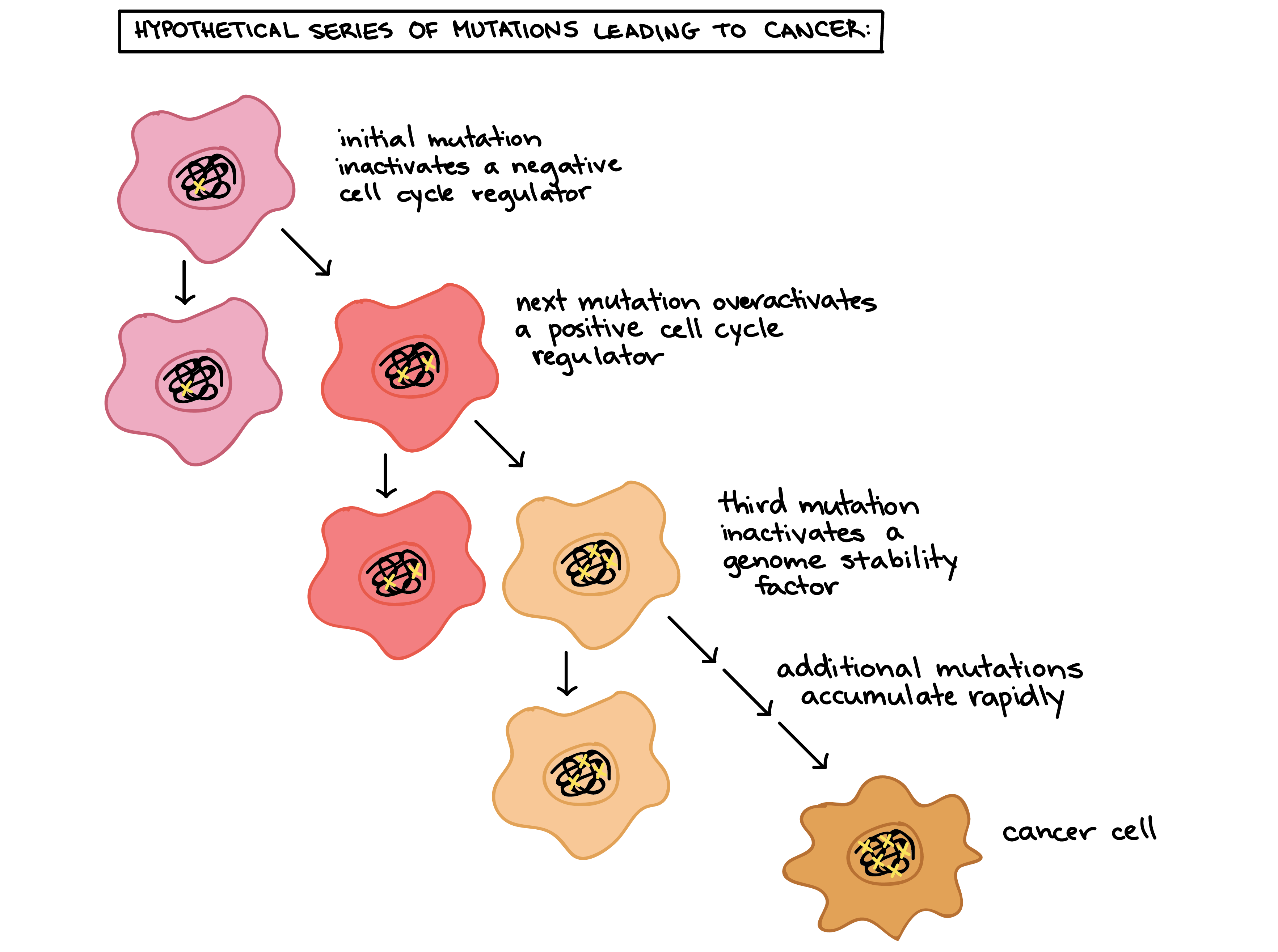What Provides New Cells For Growth And Repair
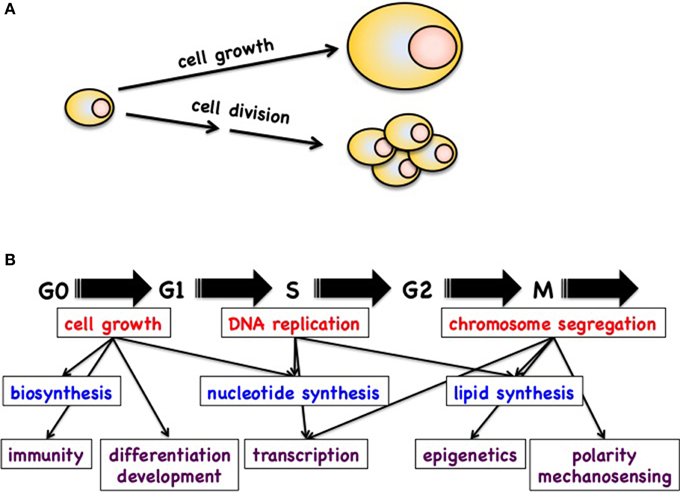
The human body, a marvel of biological engineering, constantly regenerates and repairs itself. This incredible feat is made possible by a complex interplay of cellular processes, primarily driven by the generation of new cells. Understanding how these new cells are created is crucial for advancing medical treatments, extending lifespan, and enhancing our overall health.
The fundamental process underpinning this regeneration is cell division. This article explores the mechanisms of cell division and differentiation that provide the body with the necessary building blocks for growth, repair, and maintenance. We will delve into the roles of different cell types and the regulatory pathways that govern cell fate, ultimately elucidating the basis of our body's remarkable ability to heal and adapt.
The Foundation: Cell Division
At the heart of new cell creation lies cell division. There are two main types of cell division in the human body: mitosis and meiosis. While meiosis is specifically for the production of gametes (sperm and egg cells), mitosis is responsible for generating new cells for growth and repair throughout the body.
Mitosis is a highly regulated process in which a single cell divides into two identical daughter cells. This process ensures that each new cell receives a complete and accurate copy of the parent cell's DNA, the blueprint of life.
Mitosis: A Detailed Look
Mitosis comprises several distinct phases: prophase, metaphase, anaphase, and telophase. Each phase plays a crucial role in ensuring accurate chromosome segregation and cell division. Dysregulation of any of these phases can lead to errors, potentially resulting in cell death or the development of diseases like cancer.
During prophase, the chromosomes condense and become visible. The nuclear envelope breaks down, and the mitotic spindle, responsible for separating the chromosomes, begins to form.
Metaphase sees the chromosomes aligning along the middle of the cell. The mitotic spindle fibers attach to each chromosome, ensuring that each daughter cell receives the correct number of chromosomes.
Anaphase is characterized by the separation of sister chromatids (identical copies of each chromosome), which are pulled to opposite poles of the cell by the spindle fibers. This crucial step ensures each new cell receives a complete set of genetic information.
Finally, during telophase, the chromosomes arrive at the poles, and new nuclear envelopes form around them. The cell then divides into two distinct daughter cells through a process called cytokinesis.
Stem Cells: The Source of Specialized Cells
While mitosis creates new cells, stem cells are the origin of many specialized cell types required for growth and repair. Stem cells are undifferentiated cells with the remarkable ability to self-renew and differentiate into various cell types, such as muscle cells, nerve cells, or blood cells.
There are different types of stem cells, including embryonic stem cells and adult stem cells. Embryonic stem cells are pluripotent, meaning they can differentiate into any cell type in the body. Adult stem cells, also known as tissue-specific stem cells, are more restricted in their differentiation potential.
Adult stem cells are found in various tissues throughout the body, including bone marrow, skin, and the brain. They play a vital role in tissue maintenance and repair, constantly replacing damaged or worn-out cells.
Growth Factors and Signaling Pathways
The processes of cell division and differentiation are tightly regulated by a complex network of signaling pathways. These pathways respond to external cues, such as growth factors, to control cell proliferation and differentiation.
Growth factors are proteins that bind to receptors on cell surfaces, triggering intracellular signaling cascades that ultimately influence gene expression. These signaling pathways can either promote cell division, inhibit cell division, or direct cells to differentiate into specific cell types.
For example, the epidermal growth factor (EGF) stimulates cell division in skin cells, promoting wound healing. Conversely, transforming growth factor-beta (TGF-β) can inhibit cell division and promote the formation of scar tissue.
Implications for Health and Medicine
Understanding the mechanisms of cell division and differentiation has profound implications for health and medicine. By manipulating these processes, scientists hope to develop new therapies for a wide range of diseases, including cancer, heart disease, and neurodegenerative disorders.
For instance, cancer arises from uncontrolled cell division. By targeting the signaling pathways that drive cell proliferation, researchers are developing new drugs that can selectively kill cancer cells while sparing healthy cells.
Stem cell therapy holds promise for repairing damaged tissues and organs. By transplanting stem cells into damaged areas, doctors hope to regenerate functional tissue and restore lost function. This approach is being explored for treating conditions such as spinal cord injuries, heart failure, and diabetes.
"The ongoing research into cell division and differentiation is essential for understanding the fundamental processes that govern life and disease," says Dr. Emily Carter, a leading cell biologist at the National Institutes of Health. "These discoveries are paving the way for new and innovative treatments that could revolutionize healthcare."
In conclusion, the generation of new cells through mitosis and the differentiation of stem cells are fundamental processes that underpin growth, repair, and maintenance of the human body. Further research into these complex mechanisms is crucial for unlocking new treatments for a wide range of diseases and improving overall human health.
